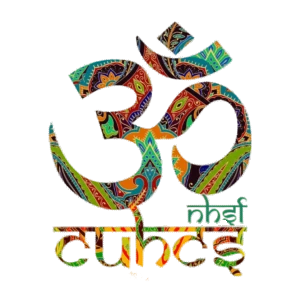
Click the logo to open the CUHCS Spiritual Hub

Click the logo to open the CUHCS Spiritual Hub
Each week, we bring you a Sanskrit shloka or saying to reflect on and draw inspiration from.
वर्णानामर्थसंघानां रसानां छन्दसामपि ।
मङ्गलानां च कर्तारौ वन्दे वाणीविनायकौ ॥
Varṇānām artha-saṅghānāṁ rasānāṁ chandasām api
Maṅgalānāṁ ca kartārau vande vāṇī-vināyakau
I bow to Saraswati and Ganesha,
the creators of letters, meanings, sentiments, and poetic meters,
and the authors of all that is auspicious.
Explore our curated collection of prayers along with their meanings to deepen your understanding.
View Spreadsheet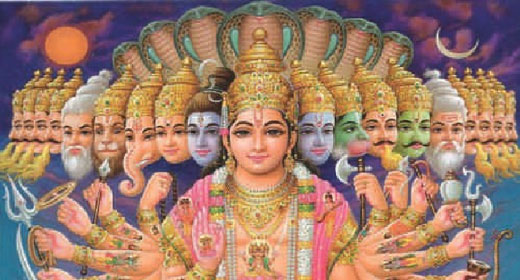
Great Question! Sanatan means “eternal” or “timeless”, and Dharma means “righteous path”. Together, it translates to “the eternal way/law”. Sanātan Dharma refers to the eternal spiritual truths and duties that transcend time and are not confined to any one sect, or community; it is effectively a philosophy outlining how to live your life, it represents timeless principles such as truth, compassion, duty and self-discipline. Check out this link for more information!
Hinduism is term coined by outsiders (Greeks, Persians, later the British) to describe the religious and cultural practices of the people living beyond the Indus (Sindhu) River.
Hinduism is not a polytheistic religion. For all Hindus, there is only one Supreme God. Being a philosophy at its heart, Hinduism offers Hindus the freedom to imagine God in whatever form invokes feelings of devotional sentiment. At the end of the day, one is all and all is one.
Reincarnation is the cycle of birth, death, and rebirth that every soul (ātmā) undergoes. After death, the soul leaves the body and is reborn into a new body, based on its karma (actions from past lives).
Moksha is freedom from the cycle of reincarnation (Samsāra).
It is the ultimate spiritual goal in Hinduism — to realise your true self and unite with the Supreme (Brahman, God). As mentioned in the Bhagavad Gitā (Chapter 2, Shlok 23), this body is temporary, but the soul is eternal:
नैनं छिन्दन्ति शस्त्राणि नैनं दहति पावकः।
न चैनं क्लेदयन्त्यापो न शोषयति मारुतः॥
Translation: "Weapons cannot cut the soul, fire cannot burn it,
Water cannot wet it, and wind cannot dry it."
In Hinduism, devotion (bhakti) is more important than ritual. So, even one sincere prayer from the heart is worth more than many mechanical rituals. Ideally, pray as much as you can, whenever you get the time, to whichever God of your choosing. Now, obviously this may not always be possible, so when you do pray, try and pray wholeheartedly and with full devotion.
Whether you pray once, twice, or many times a day, what matters most is:
Sincerity, Gratitude and Mindfulness!

A festival celebrating the bond between brothers and sisters. Sisters tie a sacred thread (rakhi) around their brother’s wrist, praying for his well-being.
Reasoning: Symbolises love, protection, and the familial duty between siblings. It’s a reaffirmation of caring responsibilities.
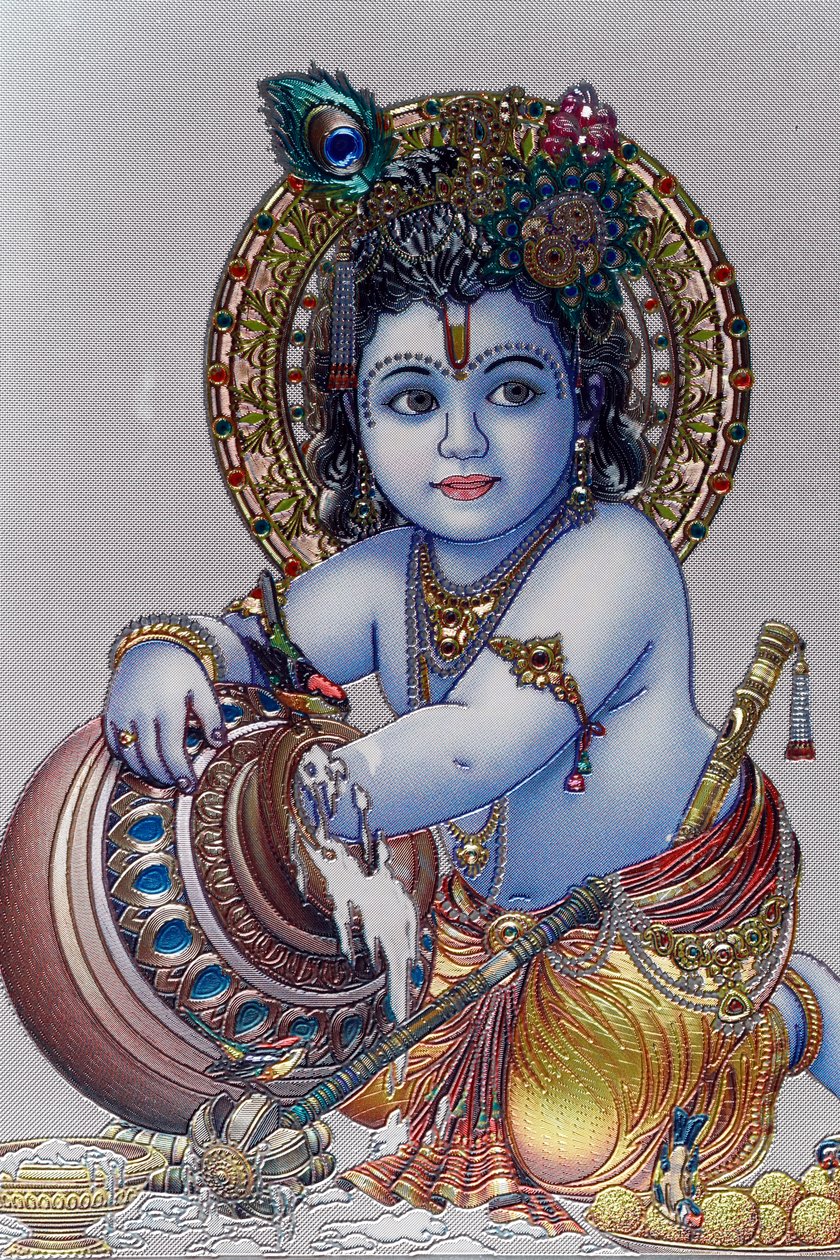
Celebrates the birth of Lord Krishna, the eighth avatar of Vishnu, who is known for his wisdom, charm, and role in the Mahabharata.
Reasoning: Reminds us of dharma, devotion, and the importance of divine intervention in restoring balance in the world.
Marks the birth of Lord Ganesha, the remover of obstacles and the god of new beginnings.
Reasoning: Invokes divine blessings for success and wisdom at the start of ventures, exams, or academic years.
A nine-night festival honouring the divine Shakti in the forms of Durga, Lakshmi, and Saraswati, each worshipped over three days.
Reasoning: Represents the victory of good over evil and the spiritual power of Shakti.
Celebrated on the tenth day after Navratri, marking Lord Ram’s victory over Ravan in the Ramayana.
Reasoning: Encourages truth, righteousness, and the idea that evil will eventually be defeated.
The first day of Diwali, dedicated to the worship of Dhanvantari, the god of health, and Lakshmi, goddess of wealth. People buy gold or utensils.
Reasoning: Symbolises prosperity and is seen as an auspicious time to begin financial investment or purchases.
The festival of lights, celebrating the return of Lord Ram to Ayodhya after defeating Ravan. Homes are decorated with lamps and fireworks.
Reasoning: Signifies the triumph of light over darkness, knowledge over ignorance, and hope over despair.
Hindu New Year celebrated the day after Diwali in many regions, especially by Gujarati communities.
Reasoning: Marks a fresh start, with prayers for good fortune and success in the coming year.
A harvest festival marking the sun’s entry into the zodiac of Capricorn (Makar). Celebrated with kite flying and traditional sweets.
Reasoning: Symbolises the shift to longer days, agricultural prosperity, and spiritual growth through sun worship.
A Tamil harvest festival thanking the Sun God and celebrating the season's first rice yield. It lasts four days.
Reasoning: Expresses gratitude to nature, animals, and farmers for sustaining life.
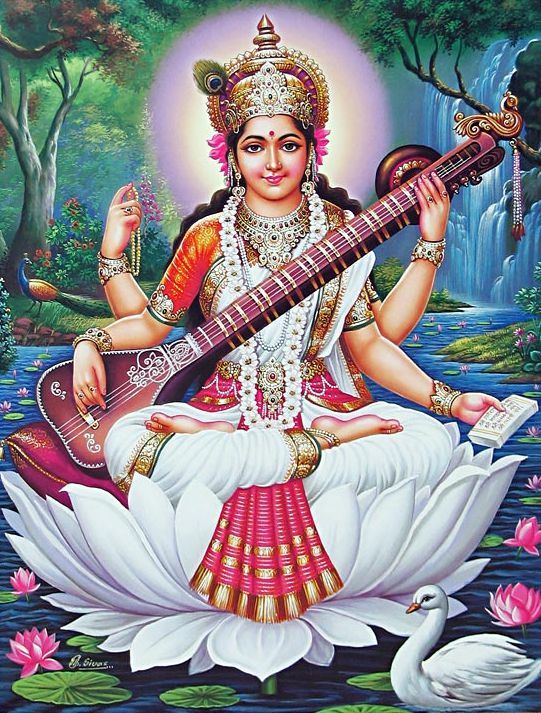
Dedicated to Goddess Saraswati, the deity of learning, arts, and wisdom. Students often begin education on this day.
Reasoning: Celebrates the power of knowledge and learning, with yellow symbolising energy and intellect.
A night of devotion to Lord Shiva, observed with fasting and chanting. It is believed he performed the cosmic dance (Tandava) on this night.
Reasoning: Represents inner reflection, self-discipline, and the overcoming of darkness and ignorance.
The festival of colours, celebrated with dancing, singing, and throwing coloured powder. It is on the day of the full moon in spring.
Reasoning: Celebrates love, forgiveness, and the victory of good (Prahlad) over evil (Holika).
Maharashtrian New Year celebrated with a flag (Gudhi) outside homes, symbolising victory and joy.
Reasoning: Marks the beginning of the new lunar year and celebrates the day Brahma created time and the universe.
Another nine-night festival honouring Goddess Durga, starting on the first day of the Hindu lunar new year.
Reasoning: Reinforces themes of renewal, inner strength, and the cyclical nature of spiritual discipline.
Celebrates the birth of Lord Ram, the seventh avatar of Vishnu and hero of the Ramayana.
Reasoning: Emphasises values like honour, duty, compassion, and dharma.
Marks the birth of Lord Hanuman, a symbol of devotion, courage, and strength.
Reasoning: Inspires selfless service, faith, and loyalty to divine purpose.
An auspicious day for new beginnings and buying gold. Linked to events in the Mahabharata and Lord Vishnu.
Reasoning: "Akshaya" means eternal – actions on this day are believed to bring lasting blessings.
Celebrates the appearance of Lord Vishnu as Narasimha, the half-man, half-lion, to protect his devotee Prahlad.
Reasoning: Shows that divine power will always protect righteousness and punish arrogance.
A chariot festival celebrating Lord Jagannath's journey with siblings Baladev and Subhadra through the streets.
Reasoning: Symbolises divine accessibility – the Lord comes out to the people, breaking temple boundaries.
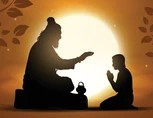
A day to honour spiritual and academic teachers (gurus). Students offer respect and gratitude.
Reasoning: Recognises the guru’s role in guiding one from darkness to light – ignorance to knowledge.